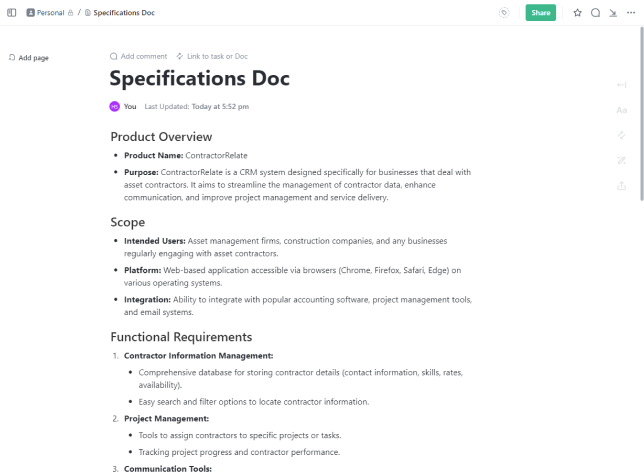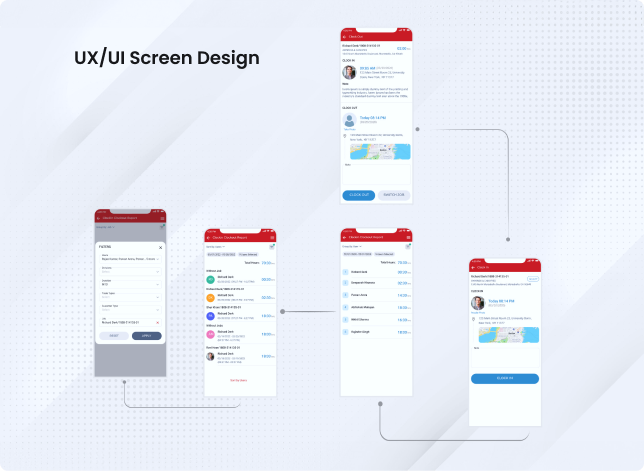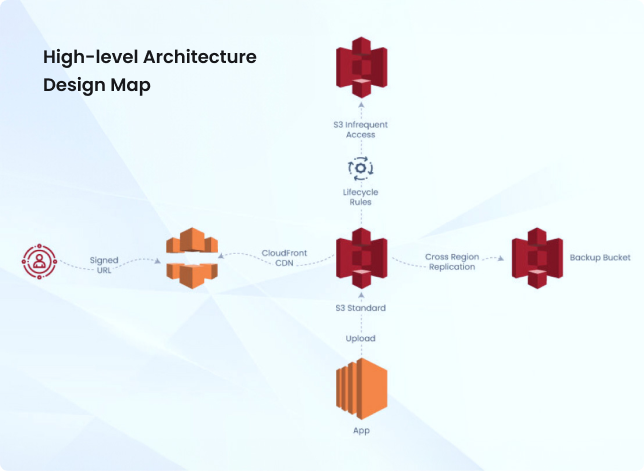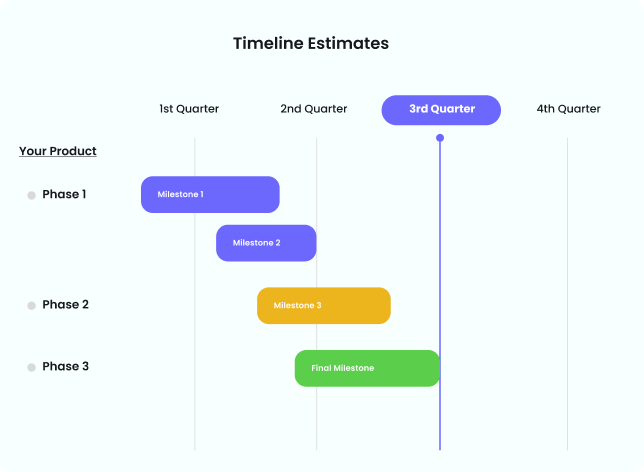Why Discovery & Design is Crucial
Validate Your Idea and Set Your Development Process Up for Success
Product discovery and design enables you to navigate potential blind spots in your product vision and brings together scattered pieces of your idea, converting them into strategic building blocks backed by:
User Journey Maps
Visual representations of the entire user experience.
Storyboards
Images arranged in a specific order to tell a story.
Prototyping for Technical Validation
A simplified model of your product to ensure it works as intended.
High-Level Architecture Design Map
The blueprint of your product’s technical framework.

How It Works
Success Starts with an Efficient Product Discovery & Design Process
Step 1
Ideation
Step 2
Technical Validation
Step 3
Create prototypes to visualize the concept and iteratively refine both design and functionality.
Step 4
Develop a roadmap outlining recommended features, tech preferences, and estimations.
Key Roles Involved in Product Discovery & Design

Product Owner
Individuals, usually on the customer side, guiding the vision and priorities.

Business Analyst
Bridge the gap between business needs and technical solutions.

Solutions Architect
Make the right decisions on time, creating a robust and scalable technical foundation.

UX/UI Designer
Create intuitive and visually appealing user interfaces, ensuring a seamless user experience.
Specifications Doc
A detailed functional specifications doc with wireframes, outlining your product's key features and interactions.UX/UI Screen Design
Visually polished and detailed screen designs for your product's user interface, ensuring a clear and aesthetically pleasing user experience.High-Level Architecture Design Map
A strategic blueprint outlining the architecture of your product, providing a clear understanding of how different design components will collaborate.Product Roadmap
A visual representation outlining features and the product backlog, providing a step-by-step work structure with milestones, and dependencies.Timeline Estimates
An estimate detailing the resources and time required to execute the defined roadmap.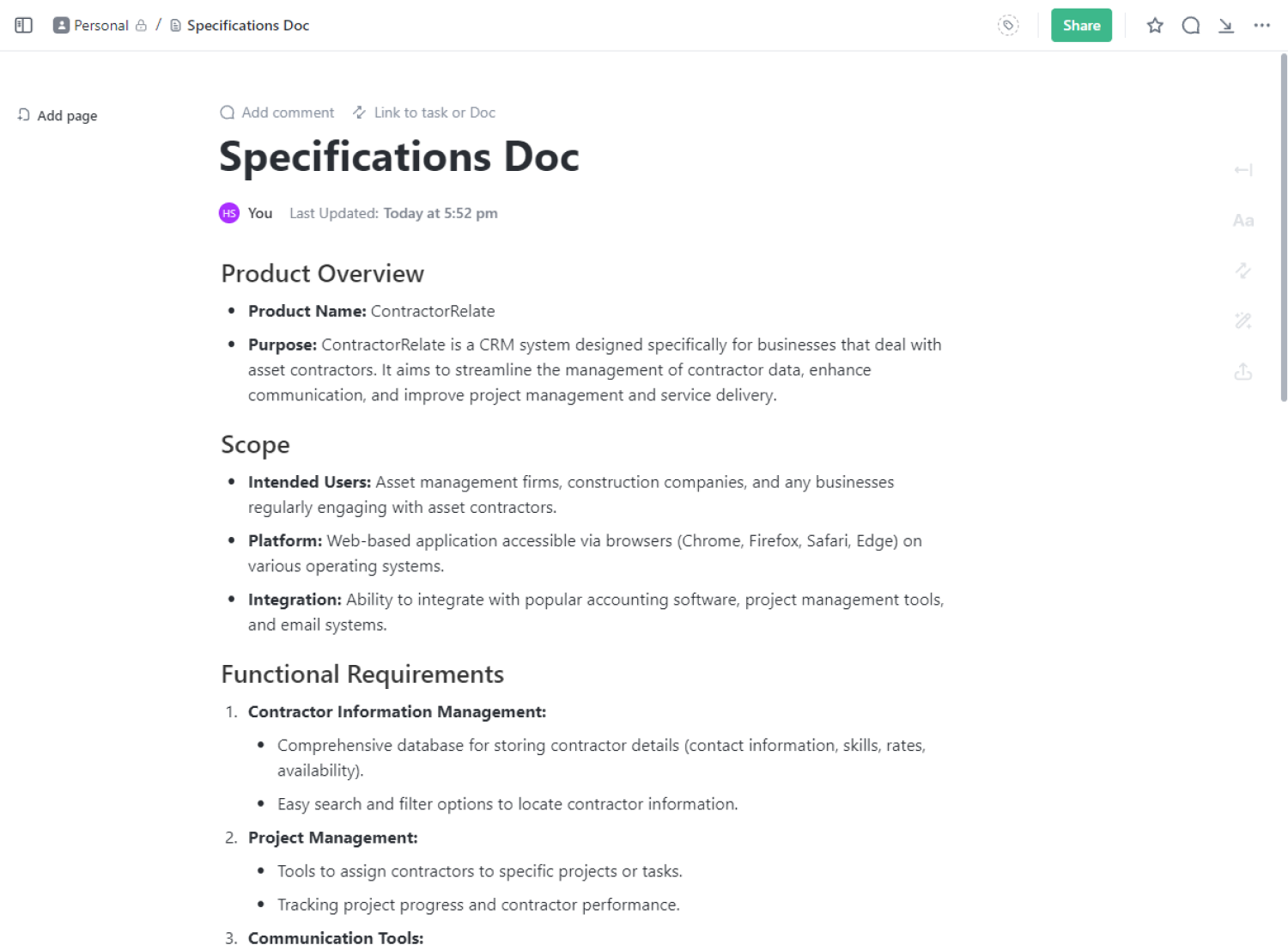
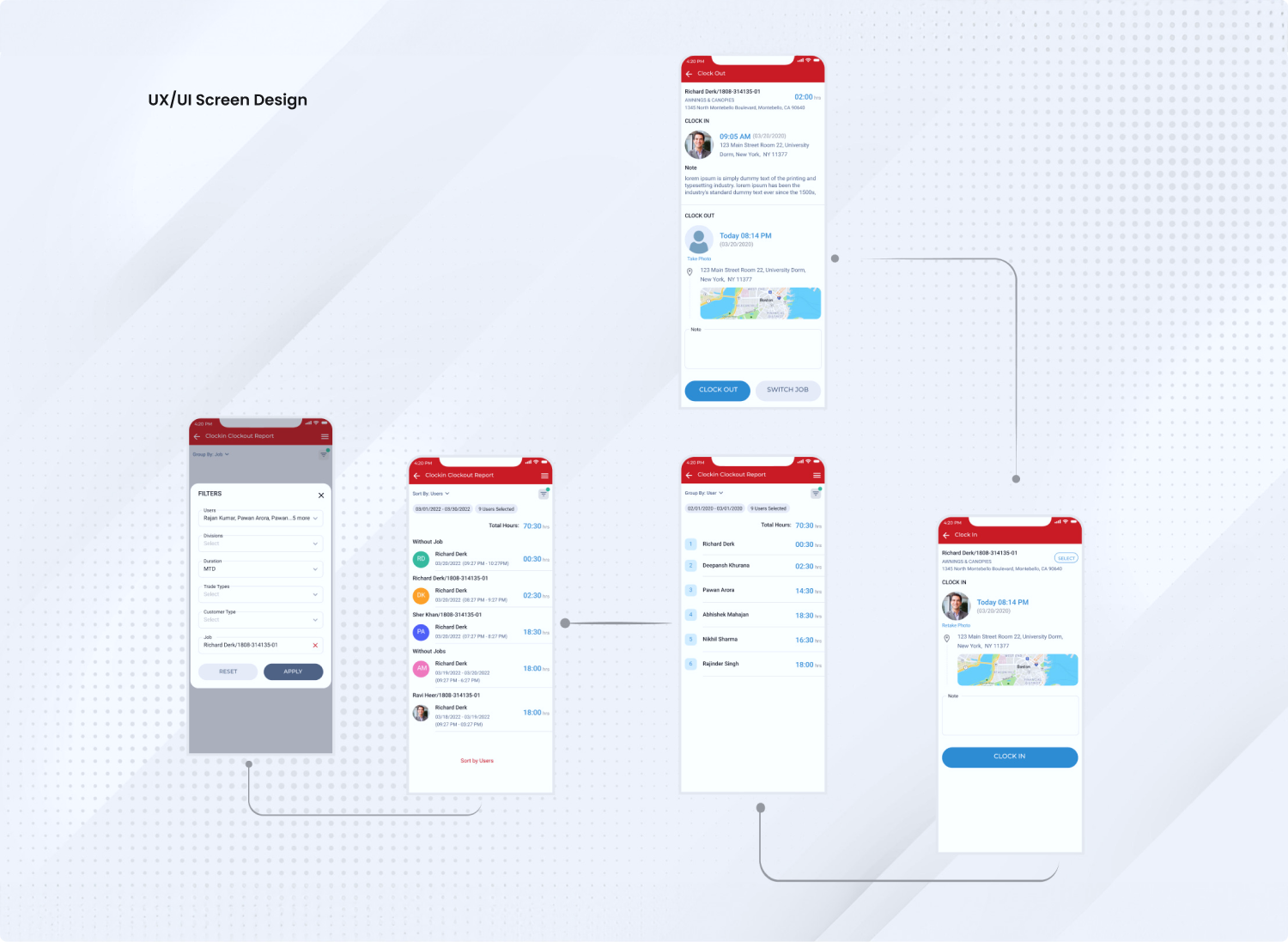
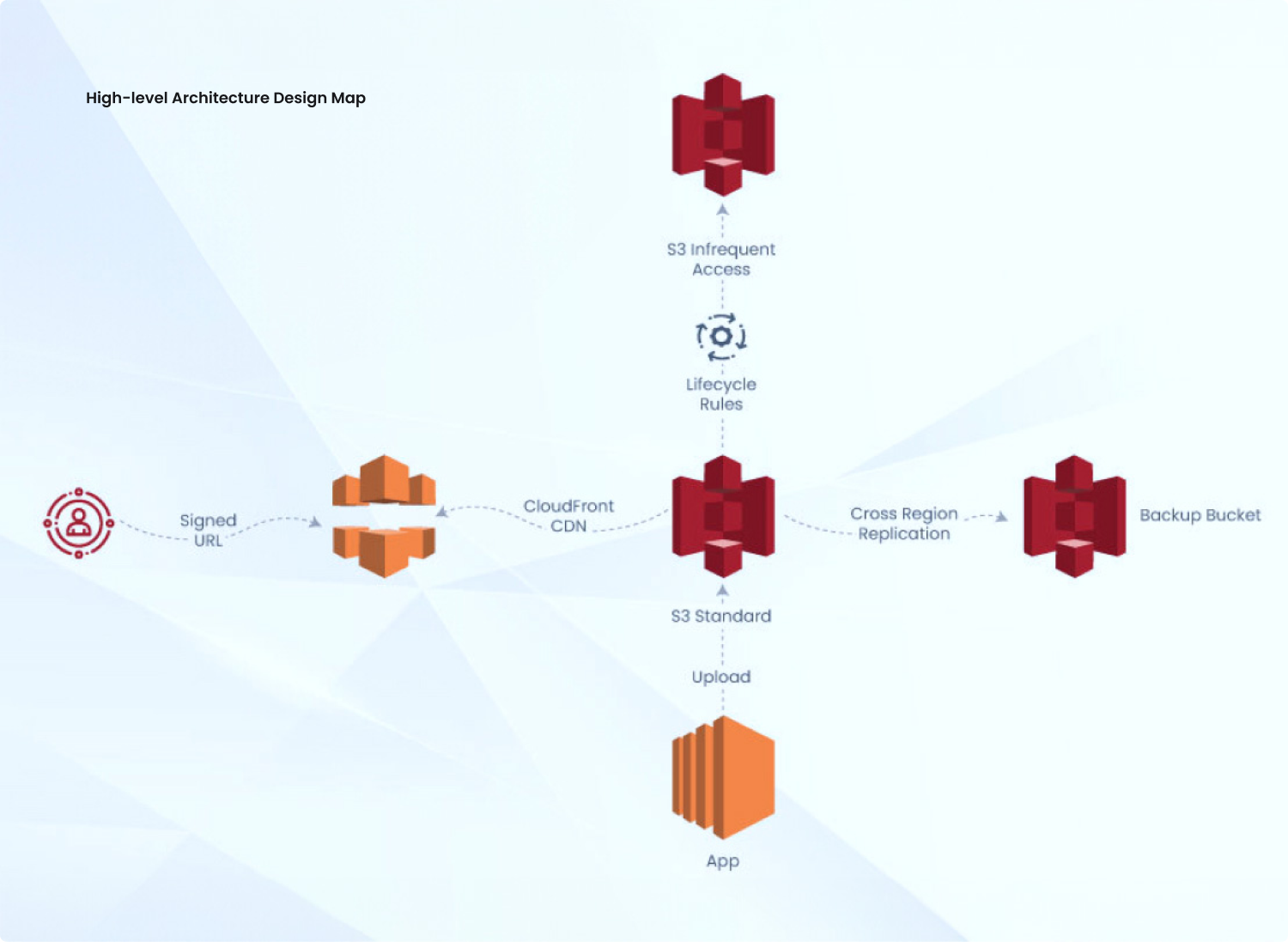
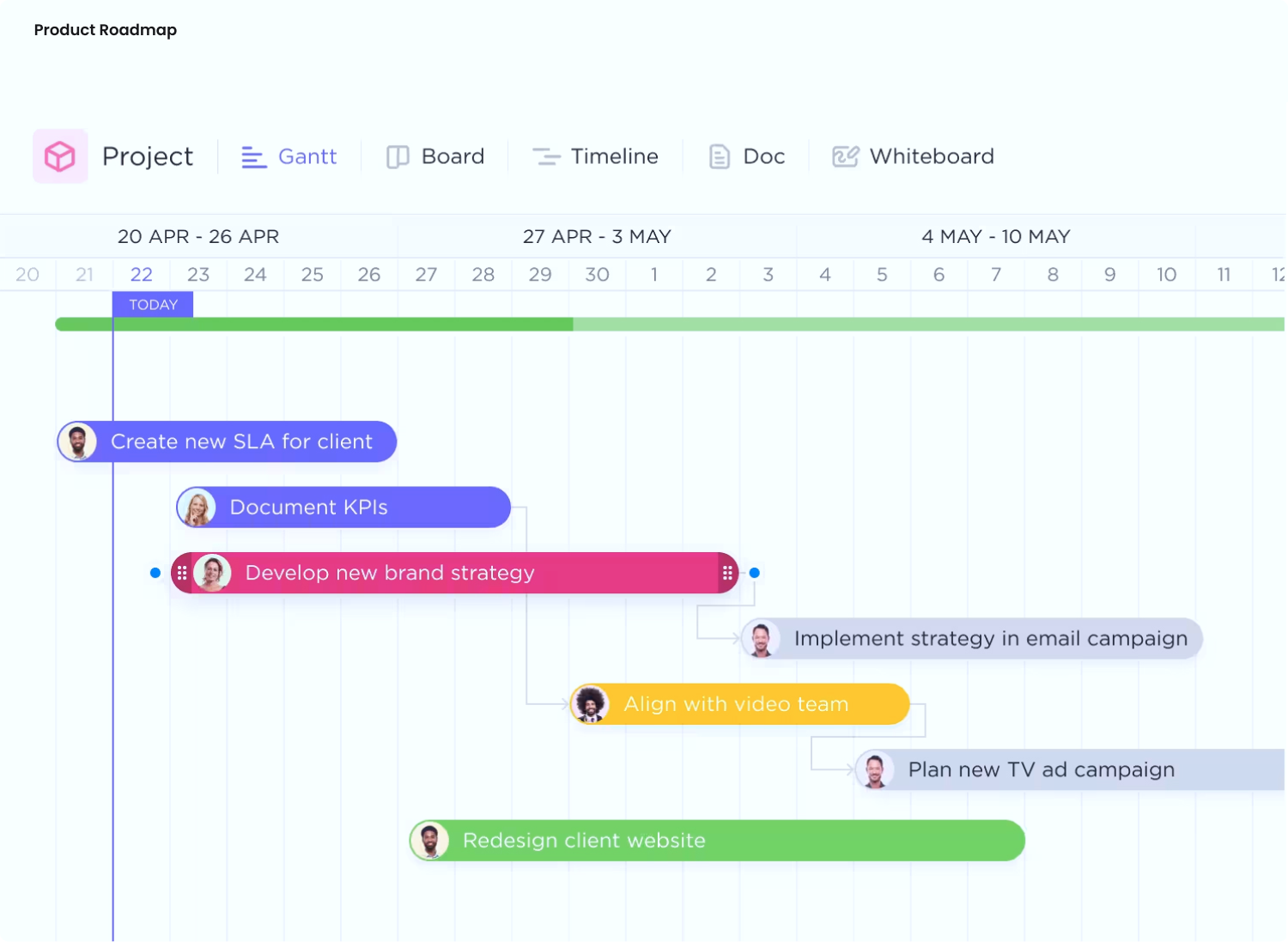
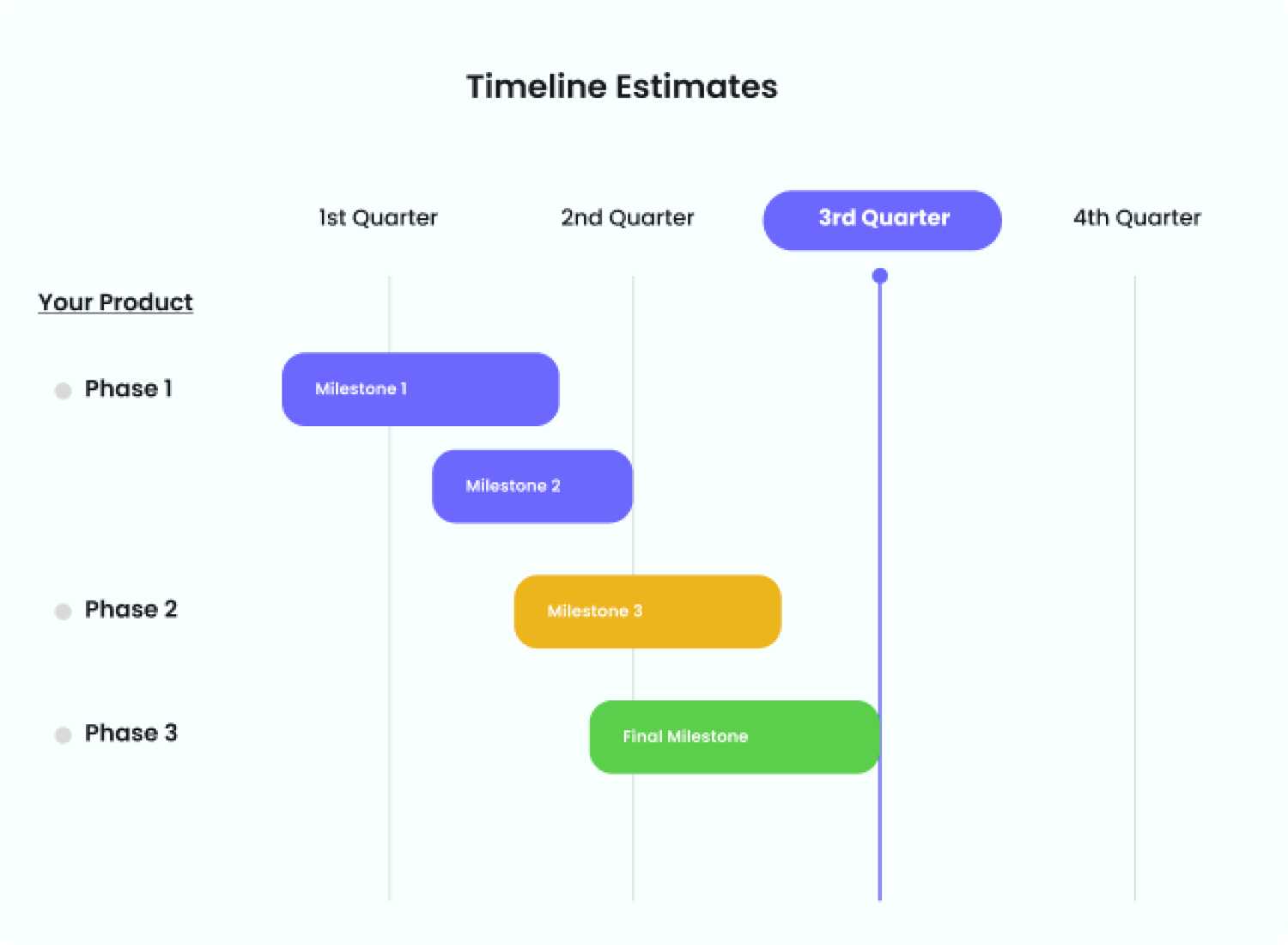
How Did We Transform Several Startups Like You
Client Value & Trust
With more than a decade of expertise, we’ve been a trusted partner and driving force behind several successful globally known brands.
Trusted By






Build, Launch, & Scale Your Product with Proven Tech Expertise.
